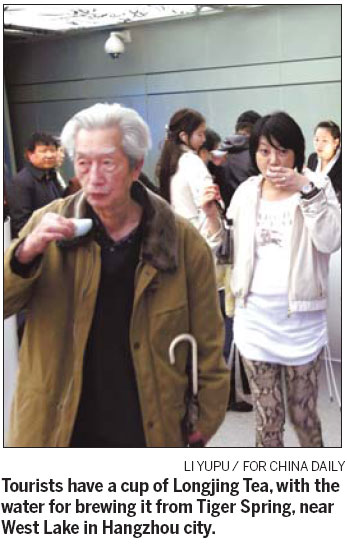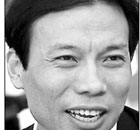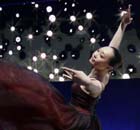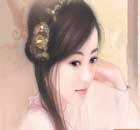Economy
Zhejiang: Provincial pavilion set to fill expectations
By Jia Jingqi (China Daily)
Updated: 2010-05-01 09:09
 |
Large Medium Small |
HANGZHOU - A Bamboo Cube structure, an enormous celadon bowl brimming with water and mesmerizing electronic shows - these are just some of the reasons why the Zhejiang provincial pavilion is a must-see for visitors at the Expo 2010 Shanghai.
In line with the Expo's main theme of "Better City, Better Life", the Zhejiang pavilion showcases its "Urban and Rural Happiness, Wonderful Home" concept, Cao Zengjie, vice-director of the experts' office for the pavilion as well as a professor with the China Academy of Arts, told China Daily in an exclusive interview.

The exhibition shows how Zhejiang, an eastern China province adjacent to Shanghai, has successfully made urban and rural areas develop and prosper together.
Known as the Bamboo Cube, the Zhejiang pavilion itself features a structure built with bamboo, one of the most representative elements of the province. Located in the provincial-and-municipal pavilion area around the China national pavilion, it measures 32.1 meters long, 15.8 meters wide and 7 meters high, covering 600 square meters.
The pavilion consists of three sections: the front, central and rear halls.
In the front hall, images of mountain landscapes, lakes and local bijou villas are reflected onto the curved wall in electronic displays.
Inside the central exhibition hall, the pavilion offers a celadon bowl brimming with clear water as its ideogram, depicting the beautiful, misty scenery of south China, especially Zhejiang, as a poetic and picturesque home, said Cao, who is one of the pavilion designers.
The giant china bowl towers in the middle of the central hall at 3 meters high and 8 meters in diameter. Water glistens by the green jade and spills over. As the home of celadon, Zhejiang boasts a glorious 8,000-year history in pottery and the celadon bowl display showcases that great tradition.
The main structure of China's national pavilion is a traditional dougong or corbel bracket, a type of crossbeam popularly used in traditional Chinese buildings, while the core exhibit of the Zhejiang pavilion is a celadon bowl. In China, dougong is a measuring tool while the bowl is a receptacle. To set a bowl with a dougong is exactly a design intended to symbolize the relationship between the state and the local. As told in an old saying, "a bowl is for filling rice, the city is for filling people", the images of bowl and city have, throughout the ages, expressed Chinese people's expectations of the homeland, Cao said.
Spectators will be hoisted to the edge of the bowl to witness a unique combination of magical vision and modern technology.
Inside the huge bowl, real objects moving with scenes in multimedia are on display with unfolding scrolls of poetic scenery one after another.
Visitors will first be greeted by a display of Hemudu Culture, a Neolithic culture that flourished south of Hangzhou Bay in Zhejiang about 7,000 years ago. It is followed by a scene of rich harvest as well as the hustle and bustle of the Grand Canal, an important waterway that has linked Beijing and Hangzhou, capital of Zhejiang, since the Sui Dynasty (581-618).
Ten-minute electronic shows also include the four seasons of West Lake, the most famous scenic spot of Hangzhou, and a reproduction of the high tides of Qiantangjiang, the mother river of Zhejiang. Computerized performances show the flourishing development of the Zhejiang economy, the magnificent bridge built over Hangzhou Bay, and the high-speed railway, as well as the romantic love story of Liang Shanbo and Zhu Yingtai, the Chinese equivalent of Romeo and Juliet.
Interactions between Cities and Countries" is the theme of an exhibition at the rear hall. It demonstrates 11 representative cases of the combined development of cities and villages in Zhejiang.
After a complete tour of the pavilion, tourists will have a chance to taste Longjing, a famous tea in the province, with the water for brewing it from Tiger Spring, near West Lake in Hangzhou city.
Historical link
The historical link of Zhejiang with the World Expo can be traced to the London Expo in 1851, during which Zhejiang-made silk products won the gold award conferred personally by Queen Victoria of the United Kingdom. Inspired by the 1926 Philadelphia Expo of the United States, Hangzhou also held the first West Lake Expo in 1929, which is generally considered the beginning of China's modern exhibition industry.
CHINA DAILY







